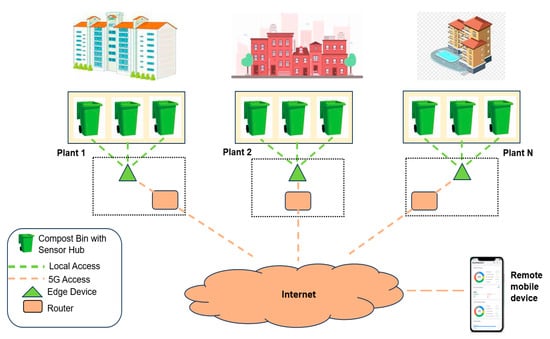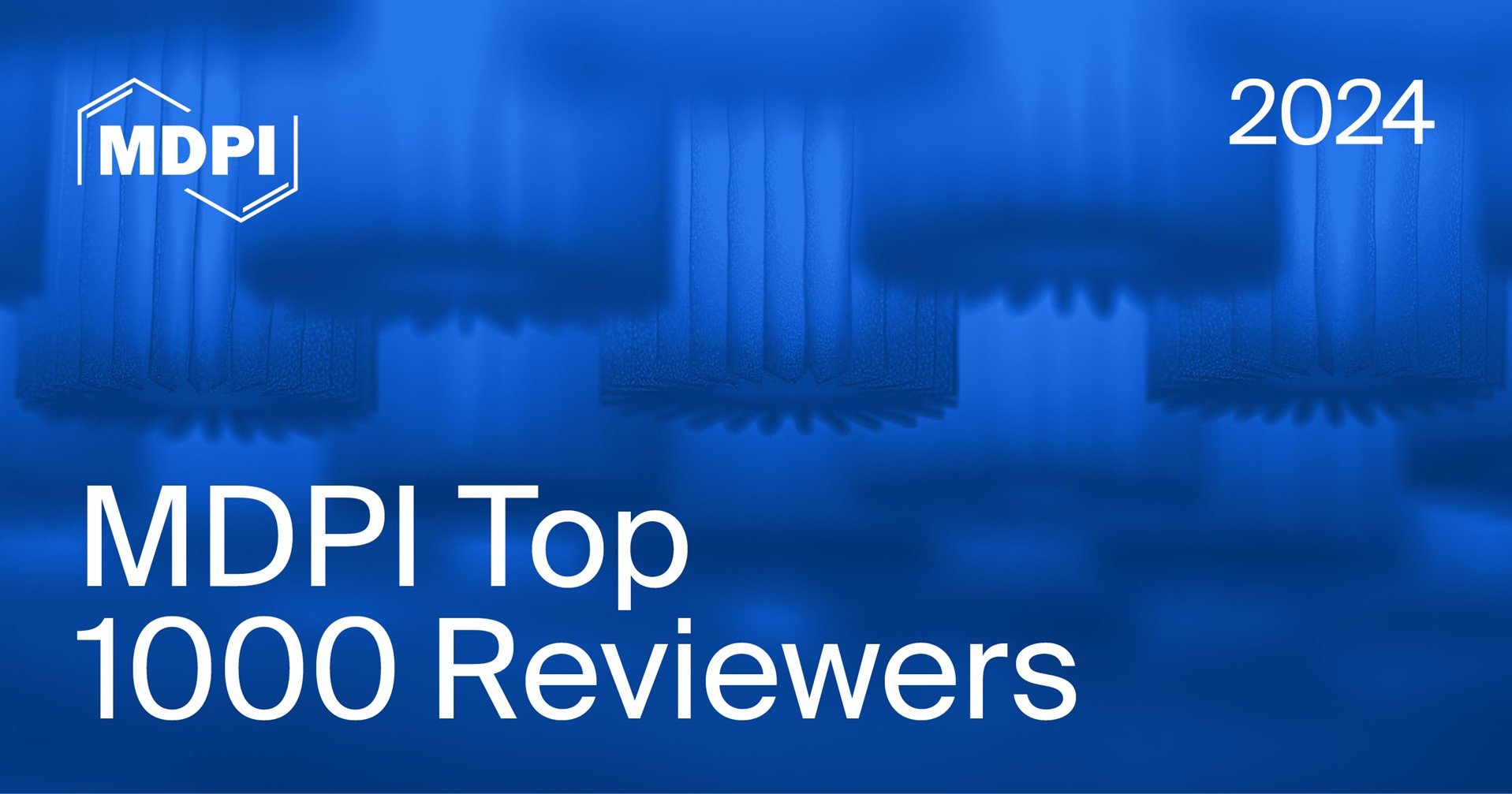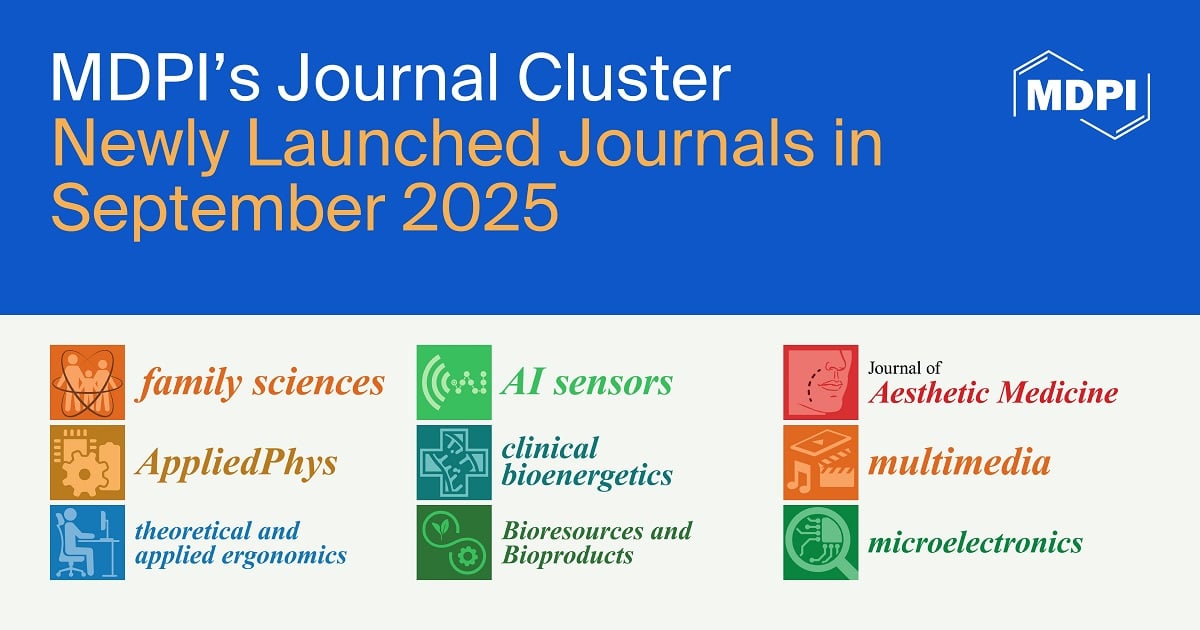-
 IoT Devices and Their Impact on Learning: A Systematic Review of Technological and Educational Affordances
IoT Devices and Their Impact on Learning: A Systematic Review of Technological and Educational Affordances -
 Optimizing Urban Mobility Through Complex Network Analysis and Big Data from Smart Cards
Optimizing Urban Mobility Through Complex Network Analysis and Big Data from Smart Cards -
 MQTT Broker Architectural Enhancements for High-Performance P2P Messaging: TBMQ Scalability and Reliability in Distributed IoT Systems
MQTT Broker Architectural Enhancements for High-Performance P2P Messaging: TBMQ Scalability and Reliability in Distributed IoT Systems -
 Data-Bound Adaptive Federated Learning: FedAdaDB
Data-Bound Adaptive Federated Learning: FedAdaDB -
 Using Blockchain Ledgers to Record AI Decisions in IoT
Using Blockchain Ledgers to Record AI Decisions in IoT
Journal Description
IoT
- Open Access— free for readers, with article processing charges (APC) paid by authors or their institutions
- High Visibility: indexed within ESCI (Web of Science), Scopus, EBSCO, and other databases.
- Rapid Publication: manuscripts are peer-reviewed and a first decision is provided to authors approximately 25.7 days after submission; acceptance to publication is undertaken in 3.9 days (median values for papers published in this journal in the first half of 2025).
- Journal Rank: JCR - Q2 (Telecommunications) / CiteScore - Q1 (Computer Science (miscellaneous))
- Recognition of Reviewers: APC discount vouchers, optional signed peer review, and reviewer names published annually in the journal.
- Journal Clusters of Network and Communications Technology: Future Internet, IoT, Telecom, Journal of Sensor and Actuator Networks, Network, Signals.
Latest Articles
Highly Accessed Articles
Latest Books
E-Mail Alert
News
Topics
Deadline: 31 October 2025
Deadline: 31 December 2025
Deadline: 31 January 2026
Deadline: 10 March 2026
Conferences
Special Issues
Deadline: 31 October 2025
Deadline: 15 December 2025
Deadline: 31 December 2025
Deadline: 31 January 2026





























